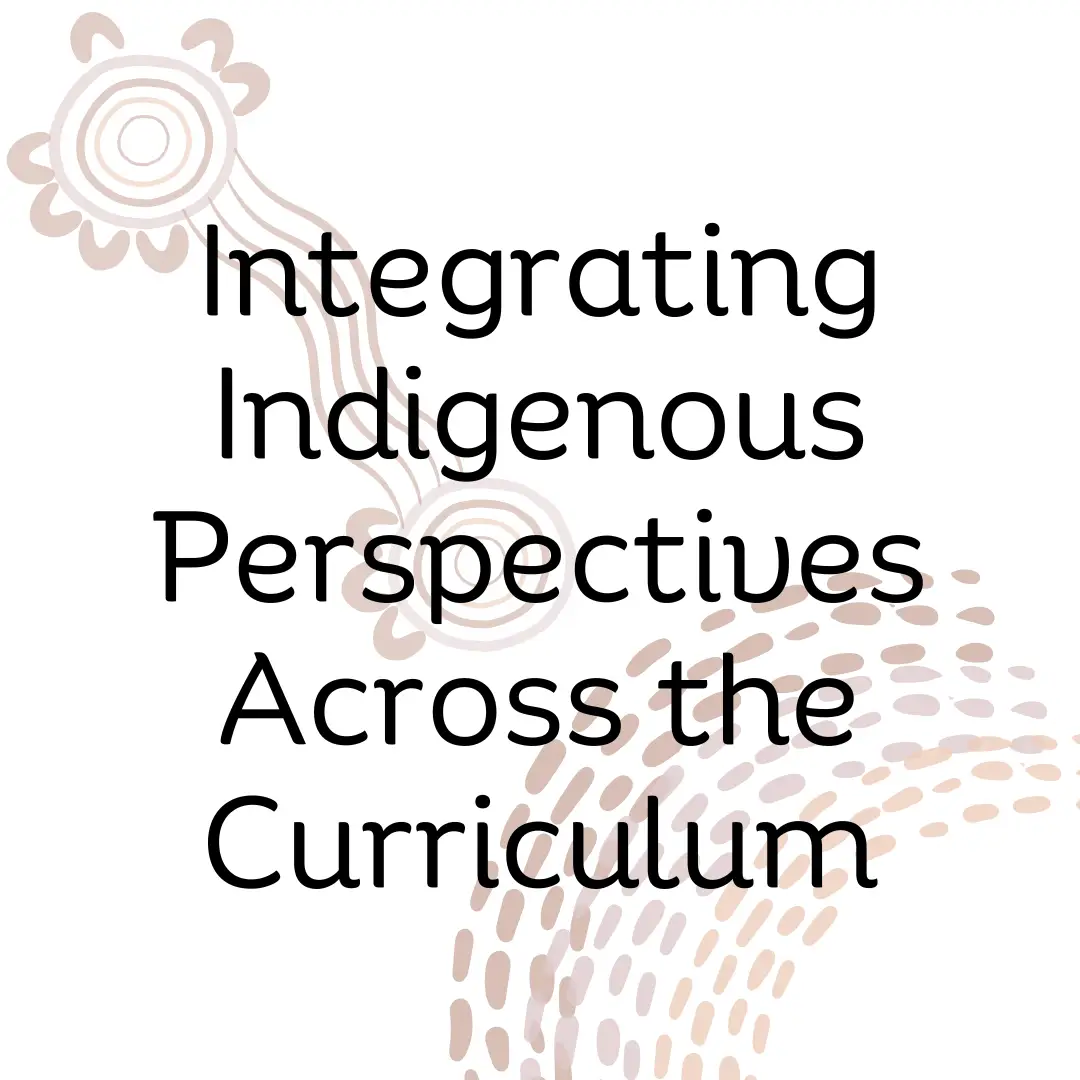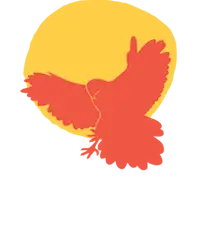

Not only is it important to be sensitive to cultural differences, but incorporating Indigenous ideas into the curriculum is also an effective teaching strategy that promotes tolerance, empathy, and respect for other cultures. Giving students the chance to study and interact with Indigenous knowledge, histories, and viewpoints in a variety of academic areas is crucial for educators. Here are some helpful hints for educators who want to incorporate Indigenous perspectives into all subject areas.
📷@thesunnyplayroom
Acknowledge Country and Traditional Custodian’s at the outset of every class to show respect and recognition for the land’s Traditional Owners. This small act of respect and gratitude for Indigenous customs and ties to the land is established. Your group can come to together and collaborate to create their own Acknowledgement that has purpose and meaning. Your Acknowledgement can be integrated into your daily Morning Circle so that it becomes embedded within your classroom practices.
Integrate Indigenous literature into your English curriculum to expose students to Indigenous writers, poets, and storytellers. Select literature that offers a range of Indigenous experiences and viewpoints, giving pupils the chance to gain knowledge about various cultures and perspectives.
Indigenous literature is not limited to the English subject area, it can also be easily integrated in to Science, Geography, History and Art so that children are immersed in Aboriginal knowledges and culture in a variety of curriculum areas.
Include Indigenous understanding of sustainability, land management, and the environment in your science curricula. To help kids grasp environmental stewardship and sustainability, introduce them to ideas like Indigenous agricultural practices, bush tucker, and traditional ecological knowledge.
Teach students about the intricate and varied histories of Australia’s Indigenous peoples to include Indigenous perspectives into your history curriculum. Give pupils the chance to learn about important historical occurrences, customs, and the contributions made by Indigenous people to Australian society.
Investigate Indigenous culture, identity, and narrative via the visual arts. Invite members of the community or local Indigenous artists to talk to the students about their cultural practices, artwork, and tales. Urge students to produce original works of art that draw inspiration from Indigenous art forms and methods.
To incorporate Indigenous viewpoints into your mathematics curriculum, investigate Indigenous patterns, counting systems, and mathematical ideas. Include exercises that examine the customary methods used by Indigenous peoples for counting, measuring, and solving problems.
Teachers may build inclusive learning environments that celebrate variety, foster cultural understanding, and equip students to become knowledgeable and courteous global citizens by incorporating Indigenous perspectives throughout the curriculum.
For more ideas on embedding Indigenous perspectives into Mathematics, read our Blog ‘5 Easy Ways to Embed Indigenous Perspectives into Mathematics‘.
Sign up to our newsletter below to get exclusive discount codes and more practical advice straight to your inbox.
Sign up to be the first to know about new products and blog posts and get exclusive discount codes.


We acknowledge and pay our respects to the Minjungbal People of the Bundjalung Nation, the Traditional Custodians of the beautiful land and waterways on which we live and work.
Always was. Always will be Aboriginal land.
Copyright © Songlines Art, Culture, Education.
We acknowledge and pay our respects to the people of the Bundjalung Nation, the Traditional Custodians of the beautiful land and waterways on which we live and work.
Always was. Always will be Aboriginal land.
